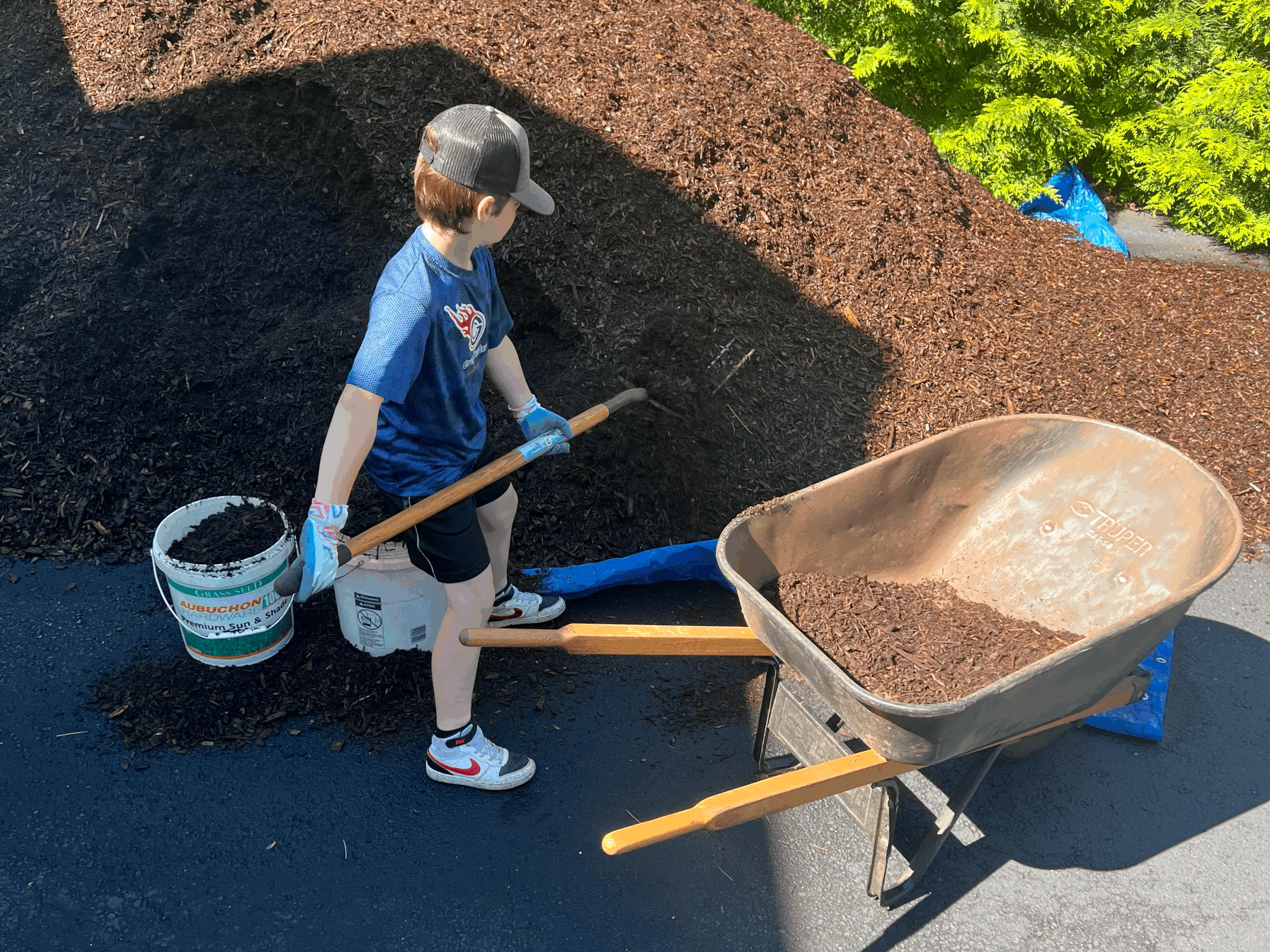Art. Life. Place. - A Blog

Just Do Something!
The other day, while sweating through yard work with my kids, I was reminded of a simple but powerful truth: when you’re stuck, the worst thing you can do is nothing. I wasn’t trying to teach them to love pulling weeds or spreading mulch—I was showing them (and reminding myself) that action, no matter how small or imperfect, is what gets us unstuck. Whether it's picking up the shovel, writing a bad first paragraph, sending a half-hearted email, or just sweeping the garage, forward motion matters. I've learned that mistakes are more helpful than standing still, and that perseverance is built through doing—not thinking. You don’t have to get it all right. Just do something!

Why I Fish
Fishing isn’t about the catch. It’s about stepping into a place where wild things still happen—a world that moves on its own rhythm. It’s the feel of gravel beneath my boots, mist rising softly off the water, and the sudden flash of a brook trout slipping through shadows. It’s the unexpected moments—a heron’s flight, the splash of an otter, the light dancing on a riffle—that make each day a discovery. Fishing gives me a reason to linger, to watch, and to become part of something greater. It’s about witnessing the wild, and honoring the mystery of the river. That’s why I fish.

Out Back, Once More
The “out back” behind my childhood home was where I first felt the quiet pull of nature. Long before I became a scientist, I was just a kid chasing frogs, listening to the murmur of brooks, and learning to see the world through a lens of curiosity and wonder. My first career took me into the vastness of marine systems, but it’s the closeness—the intimacy—of those early freshwater places that never let go. Now, I find myself coming full circle, drawn once again to the quiet magic of backyard streams and wetlands, and watching my own kids uncover wild corners of their own. We all need an “out back”—a place to roam freely, without agenda, where the natural world speaks in its own rhythm. It’s in those unhurried, openhearted moments that a lifelong connection to nature takes root.

Unraveling the Secrets of the Salter: Tracking Brook Trout on the Quashnet River
Once reshaped by cranberry farming, the Quashnet River has rebounded over the past 50 years into a thriving Brook Trout habitat. To study these elusive fish, scientists use PIT tagging—tiny microchips that track movements without recapture. The data collected is now showcased in an interactive dashboard, providing insights into trout migrations and habitat use. This research reveals the secrets of "salter" trout and highlights the need to protect both freshwater and estuarine habitats. The Quashnet’s recovery is a testament to resilience, science, and community dedication.

Salters: Reclaiming Cape Cod
Cape Cod’s sea-run Brook Trout, or "salters," are making a remarkable comeback after centuries of decline, thanks to dedicated conservation and restoration efforts. These migratory fish once thrived in the region’s cold, spring-fed streams but faced significant habitat loss due to water-powered mills, agricultural development, and infrastructure changes that disrupted their migration routes. The restoration of Cape Cod’s rivers and streams—removing barriers, restoring wetlands, and reestablishing natural flow—has revitalized these habitats, allowing salters and other species to thrive once again. Beyond being a success for Brook Trout, these efforts also benefit entire ecosystems, improving water quality, supporting biodiversity, and providing vital resources for local communities. Despite ongoing challenges, communities across Cape Cod are committed to safeguarding these vital waterways, ensuring that future generations can enjoy the beauty and ecological richness of restored coldwater streams.
